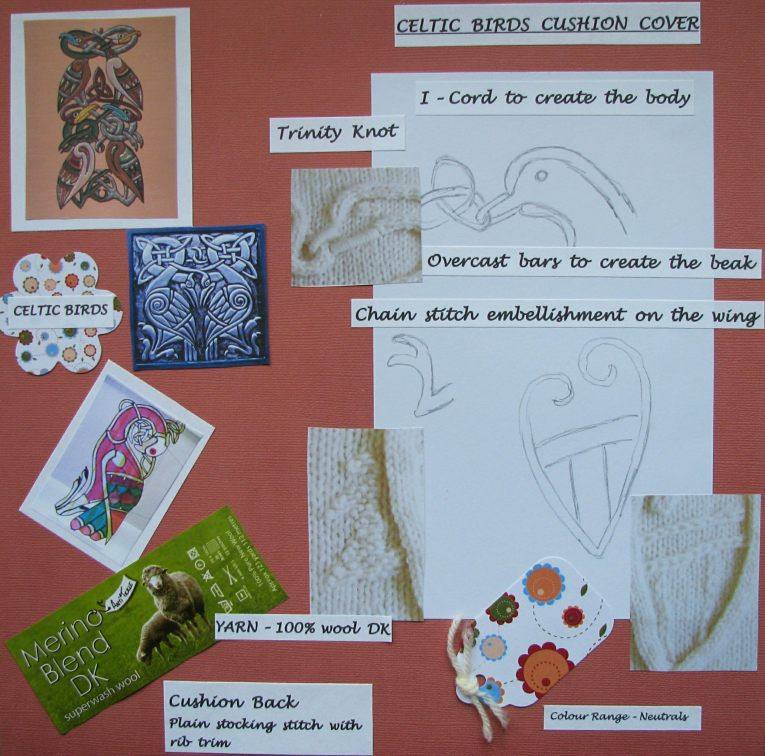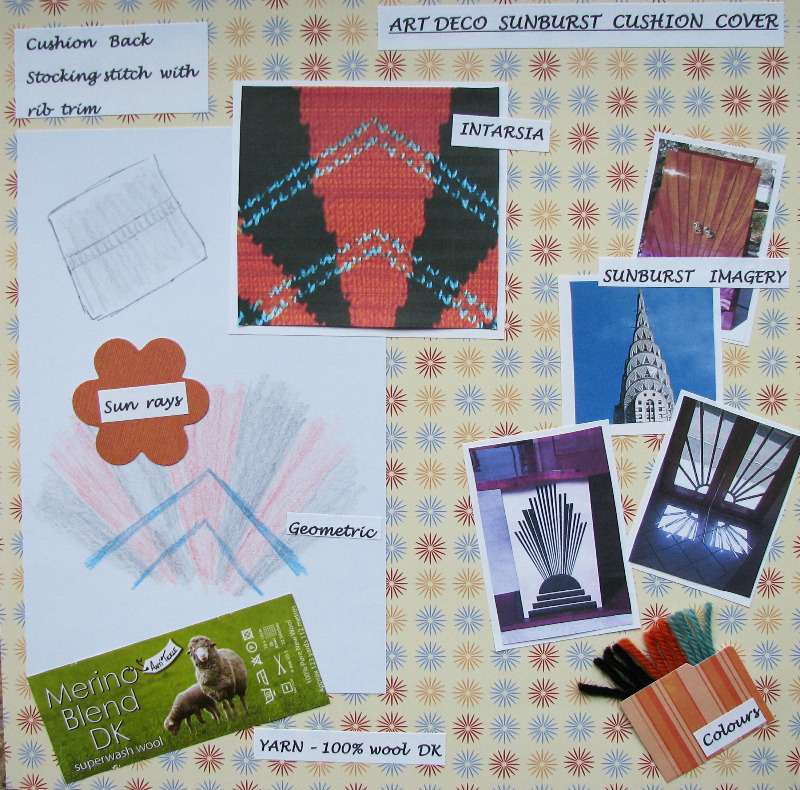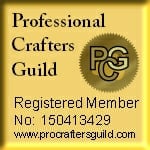Celtic Birds Cushion Cover
Posted on
Celtic Birds Cushion Cover
Dating back to pre-Christian times, Celtic art often features birds and animals. In keeping with this connection to nature it seemed neutral, earthy shades would make a good colour choice, ranging from brown and beige, through to terracotta reds and even creams and white. 100% wool also felt like the right fibre choice.
The Celtic birds cover is based on the peacock, which was believed in the Middle Ages to have flesh that didn’t corrupt after death. Christians adopted the use of peacocks, as seen in The Book of Kells as a representation of Christ because of this perceived purity.
CONCEPT BOARD

The main body shape of the birds is created by using I-cords as they are easy to make and capable of endless manipulation.
As you can see from the concept board the detailed elements are worked in embroidery stitches and the birds are holding a small celtic knot, most often referred to as a trinity knot as it has three distinct loops. The meaning of the trinity knot, or Triquetra, is often debated. For example, the early Christian view is the symbol represents the Father, Son and Holy Spirit. However it is well known the image pre-dates Christianity and, a more pagan belief sees the trinity knot as the drawing of the three inherent feminine powers: Mother, Crone, and Maiden. Still another understanding can be found in a more metaphysical sense where the use of three is seen to represent mind, body and spirit, or perhaps birth, death and renewal.


